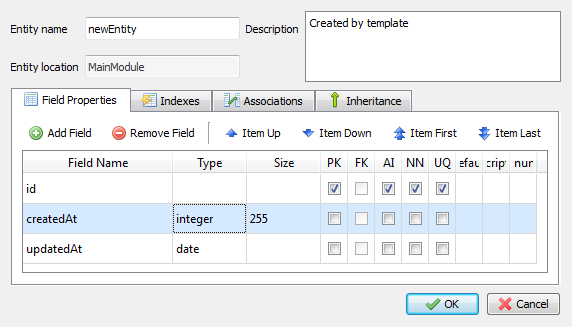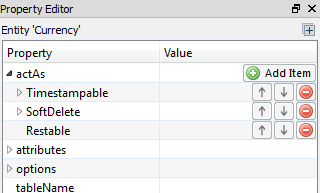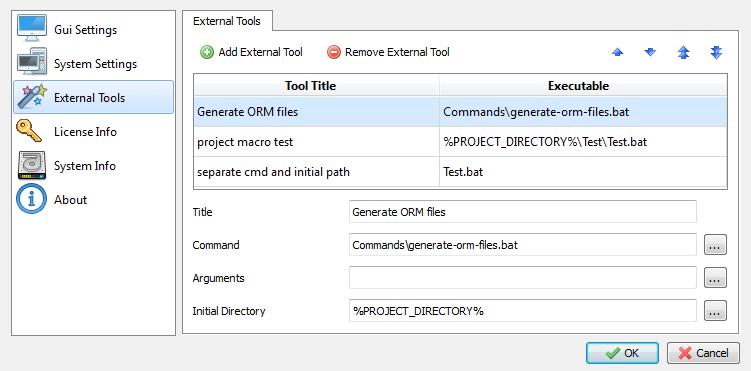Product Customization
Even though Skipper supports all available features of supported ORM frameworks, you may encounter situation when extending Skipper’s behaviour is necessary. For these situations Skipper offers broad scale of customizations. Everything can be configured according to users needs.
Templates

Templates define new elements upon creation, how the elements should look like, what naming convention will be used and more. Using templates you can also define values that will update automatically when the element will be changed. Different set of templates can easily be set for each ORM or each project.
ORM attributes

List of ORM properties is the most often customized area. Although Skipper comes with a complete set of orm properties it is a common practice that each company extends it based on their customs. It is possible to widely extend ORM properties thanks to their complex structure.
External tools

Editing the ORM schema itself is not the only work programmers do. Editing is usually followed by use of additional tools and commands to process the schema. This is covered by Skipper External Tools functionality. You can set up unlimited number of commands and launch them from the Skipper environment.
Extending configurations
If you need to extend existing ORM or MVC framework settings you can use the XML configuration files. It’s possible to customize Skipper settings based on your requirements. Configuration files are found at different locations based on their type and your OS.
Configuration Scripts
Scripting core of Skipper is based on the javascript technology. This enables experienced users to add more commands to the export scripts, launching external applications and much more. Configuration scripts are described with more detail in the Expert Usage section.


